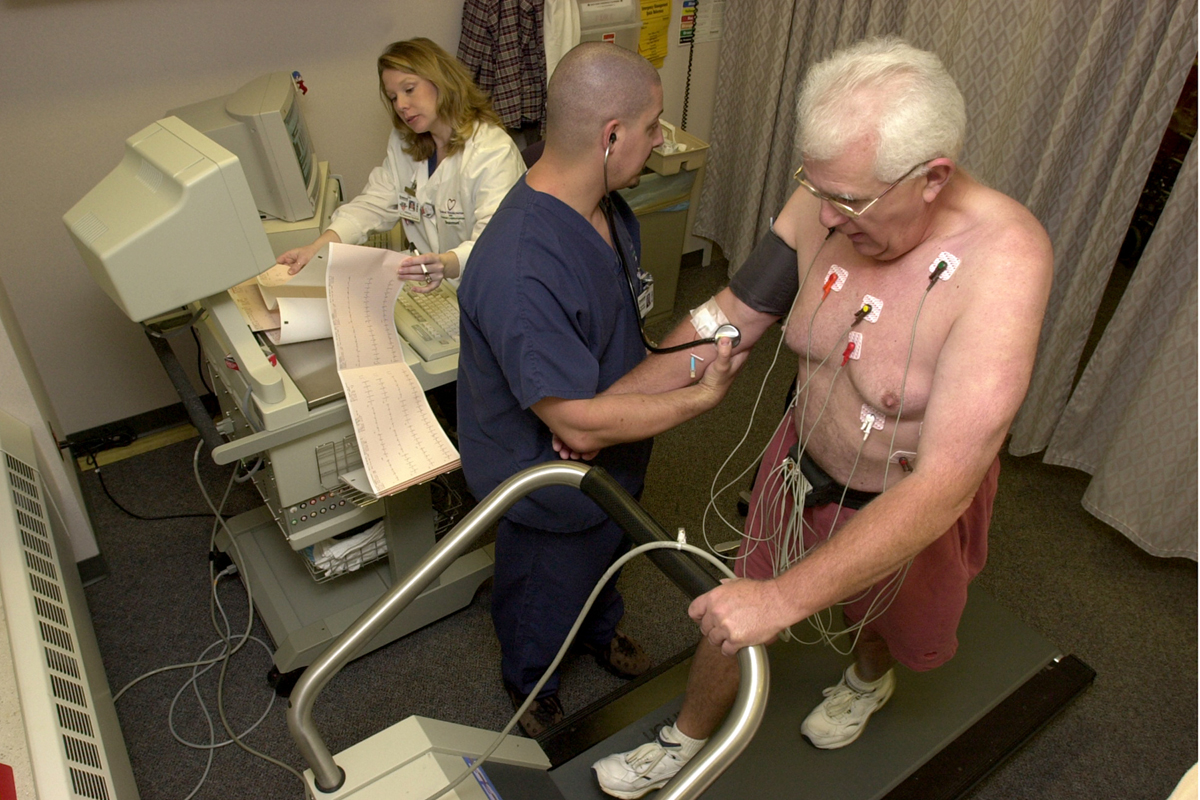
Covert Heart Problems
Many heart problems and even potential failures are very difficult to predict and diagnose. Even though, the standard EKG test has proven to be very useful for these purposes, it still may give an improper diagnosis or fail to show any problems. This is why, in order to be sure your heart is healthy, you are to do several other tests, including the heart echo stress. This method stresses the heart in order to see if it is in good shape or not. Bearing in mind that our heart is the main organ for blood supply in our body, the necessity for its health and well-being goes without question. That is why, in order to rule out any heart problems, or diagnose it timely, it is best to use some of several different types of heart echo stress.
The Facts Behind the Process
The advantage of this text among all others lies in its ability to provoke the heart in certain ways, which might result in a diagnosis of an underlying illness. Often, people show no signs of heart problems on the EKG because their heart starts malfunctioning only under certain conditions. Thus, by exposing the heart to high frequency sounds, one gets an image of its behavioral patterns. This makes it possible for any potential problem to be noticed and, therefore, diagnosed. These are the principles behind the echo stress test. It measures how your heart responds to stress, predicts any possible complications and measures the overall condition of this vital organ of ours.
One Method, Different Tests
The first type of test involves doing an echocardiogram while the patient is resting in order to get the results for later comparison. Then, the patient is given a special medicine intravenously. This medicine activates your heart as if you were performing some exercises. Then, another echocardiogram is done and the results are compared, tracking down any anomalies.
The second type is a similar one, with the exception of performing physical activity instead of being administered with medications. Therefore, instead of the intravenous stimulation, the patient is supposed to run on a treadmill in order for his/her heart activities to be recorded and compared to those when the patient is resting.
Finally, if both of these fail, there is a third method which involves inserting a radioactive material in one's veins and placing a gamma camera inside in order to keep track of the heart condition and the blood flow in general.
Even though these tests are very effective and useful, they cost a lot of money. Before doing the test, the patients need to take some precaution measures. These involve avoiding smoking on the day of the test, restraining from any heart medication you might be using for at least 2 days beforehand and not eating anything at least 4 hours before the test.


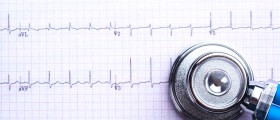
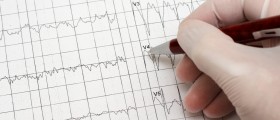


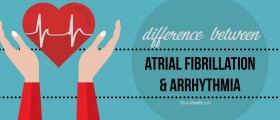




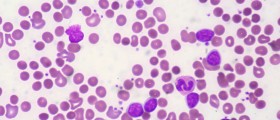



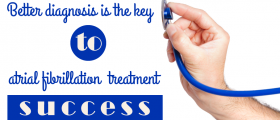

Your thoughts on this
Loading...